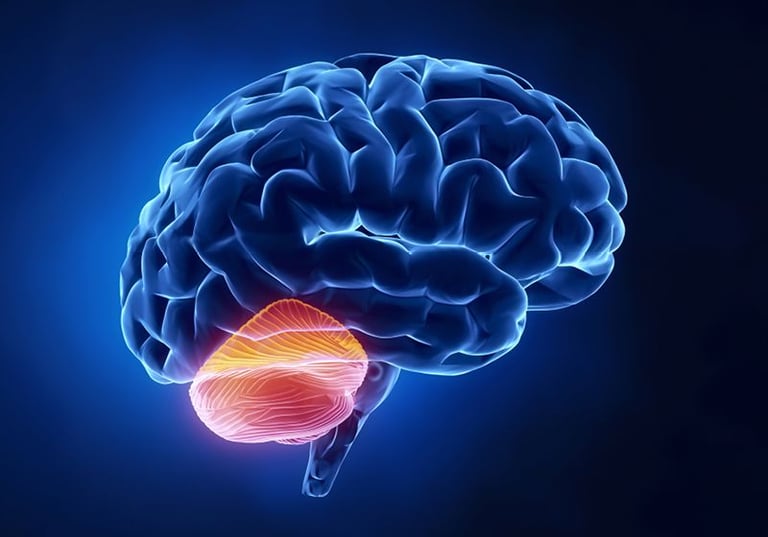Breakthrough Study Unveils Key Role of Cilia Deconstruction in Brain Development and Neurodevelopmental Disorders
October 17, 2024
A recent study published in the Journal of Cell Biology utilized volume electron microscopy (vEM) to investigate the changes in primary cilia on developing neurons, providing insights into their significance in brain development.
The research team, led by Carolyn Ott, found that differentiating granule cells in the cerebellum permanently disassemble their primary cilia during maturation.
Observations showed that differentiating granule cells had shorter and fewer primary cilia compared to immature cells, indicating a disassembly process during maturation.
The researchers identified novel intermediates in the cilia deconstruction process, suggesting multiple routes exist for this process, which may differ in various physiological contexts.
The researchers named the disassembly process 'cilia deconstruction' to differentiate it from transient cilia disassembly that occurs before cell division.
Granule cells, which are the most abundant neuron type in the adult brain, are particularly relevant for studying the effects of primary cilia modifications on neurodevelopment.
Experts in the field believe this study opens new avenues for understanding cilia dynamics and their implications for brain health and disease, including potential links to medulloblastoma development.
This remodeling phase is linked to various neurodevelopmental disorders, including autism spectrum disorders and schizophrenia.
The study focuses on the roles of transcriptional control mechanisms, synaptic activity, and glial engulfment in shaping neural circuit remodeling.
Recent advances in understanding molecular processes governing neural circuit remodeling are emphasized, particularly through studies involving invertebrate models like Caenorhabditis elegans and Drosophila melanogaster.
During granule cell development, the ligand sonic hedgehog (SHH) activates signaling pathways that promote cell proliferation and differentiation, but cells cease to respond to SHH during differentiation.
The findings indicate that understanding molecular mechanisms of synaptic remodeling can provide insights into neurodevelopmental disorders and potential therapeutic approaches.
Summary based on 2 sources
Get a daily email with more Science stories
Sources

The Scientist Magazine • Oct 16, 2024
New Cilia Disassembly Pathway Revealed in Maturing Neurons